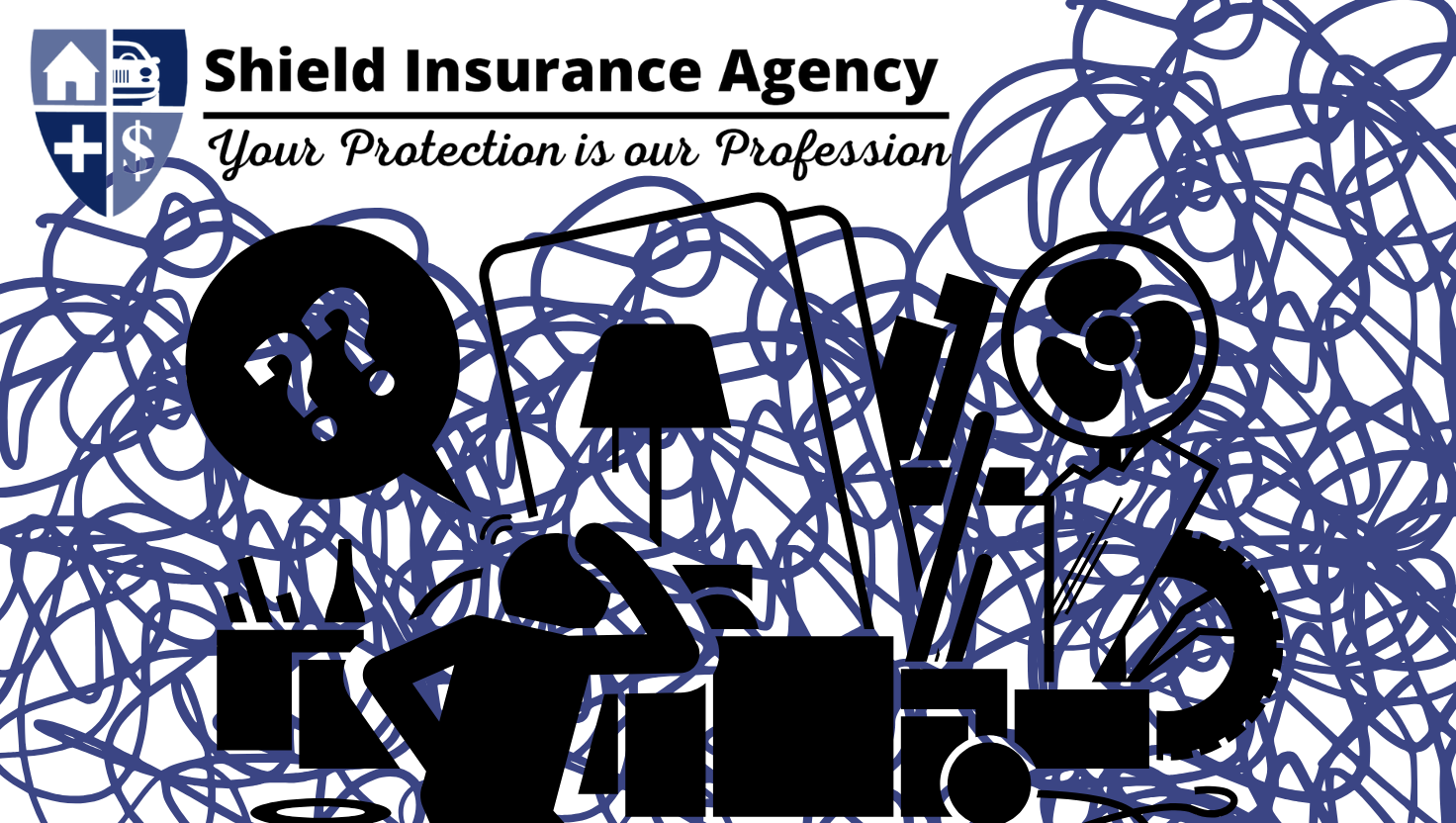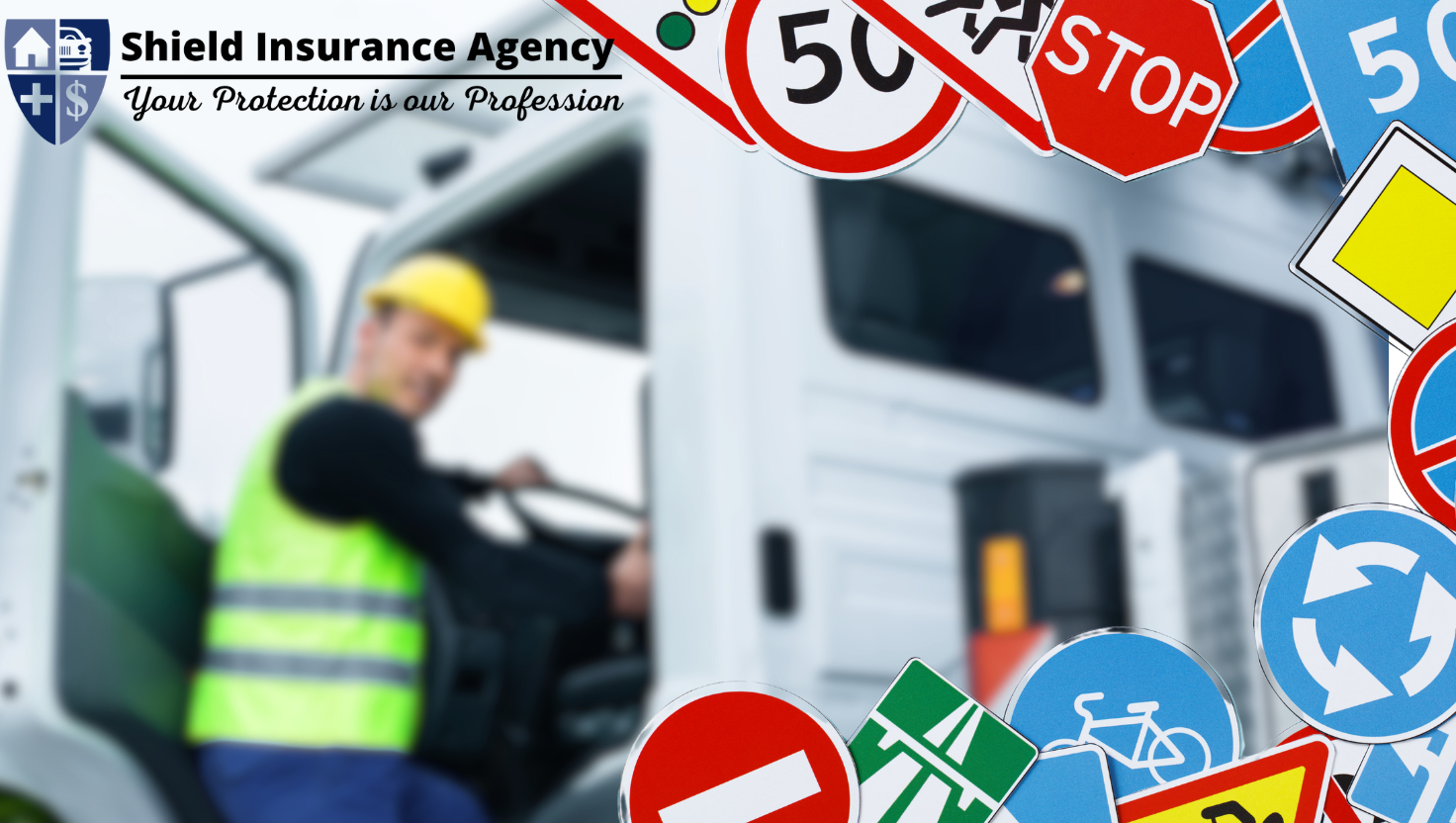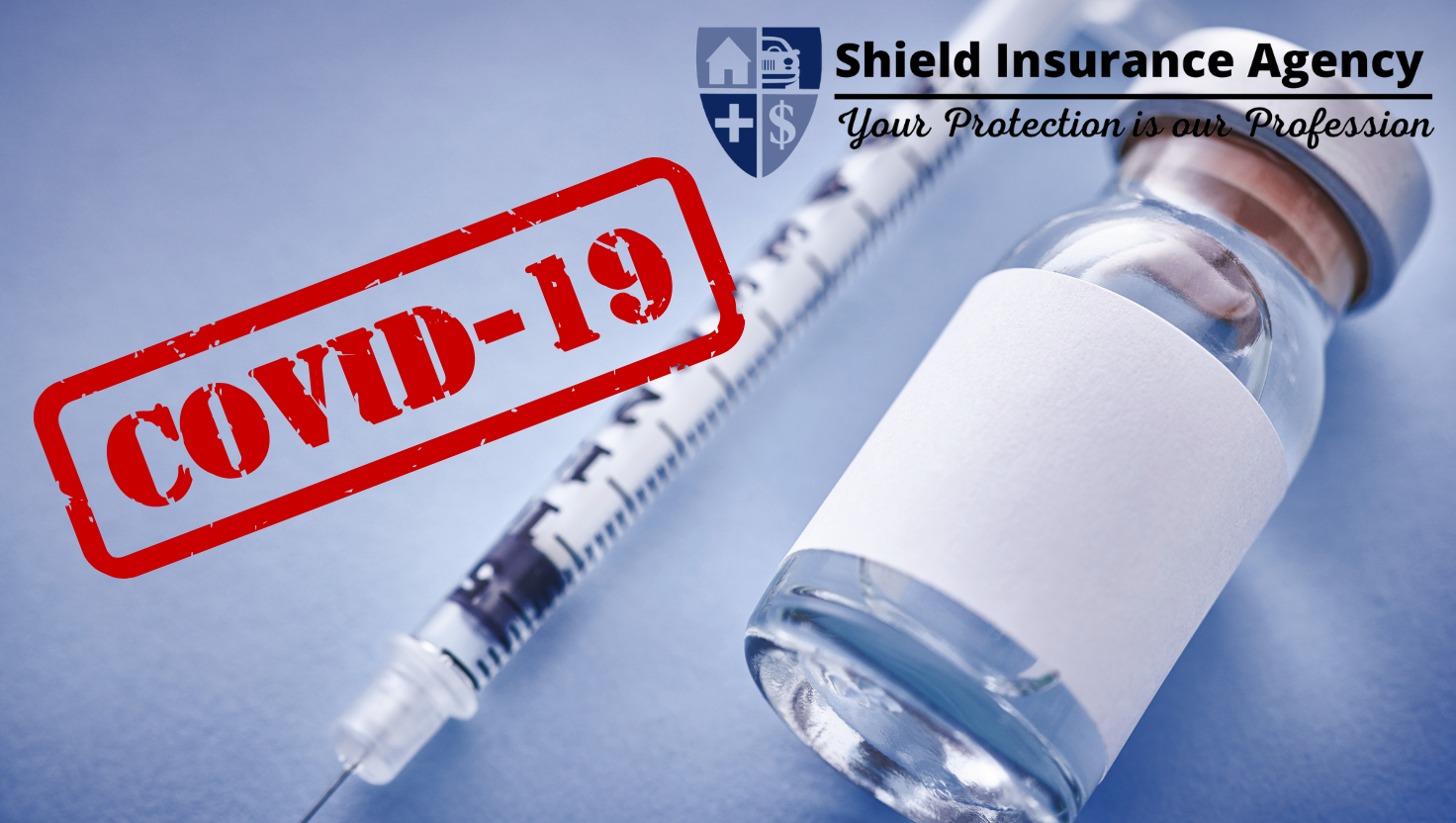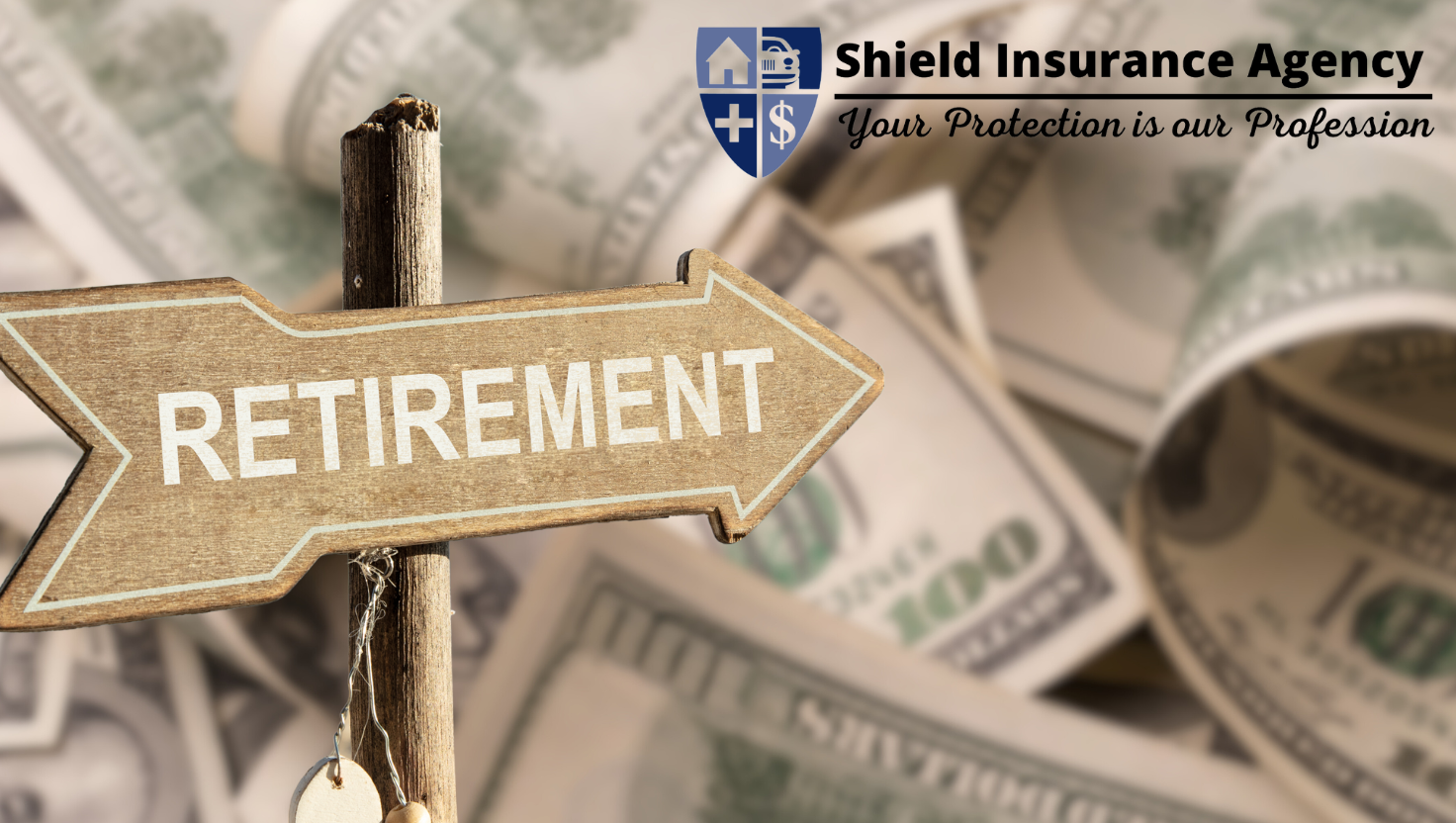Tracking COVID-related securities litigation: 4 reasons cases may be on the rise
When COVID-19 hit in March 2020, many in the insurance industry anticipated a wave of litigation that would mirror the influx of lawsuits after the 2008 recession. During that year, investors trying to recuperate lost funds filed more than 200 new cases, increasing securities litigation by nearly 20 percent from 2007. So far, however, this prediction has not played out—at least not yet.
Courts have experienced a slowdown in securities-related lawsuits since the beginning of the pandemic, with only 29 cases filed since the initial shutdown. But some experts believe a surge of COVID-19-related litigation is on the horizon. In this article, we’ll explore what we know based on the COVID-19 securities cases that have been filed so far, and why there could be a rise in legal activity and related directors and officers (D&O) claims.
COVID-19 securities litigation: what we know so far
Unlike other events that precipitate stock market crashes, the pandemic has had a unique impact on the economic and legal landscape—in large part because it’s unlike any other financial crisis we’ve experienced. Despite the uniqueness of the situation, however, it’s possible to identify several reasons why the pandemic hasn’t sparked the same rise in securities litigation that we saw in 2008.
Importantly, this time the government quickly provided aid to help offset the pandemic’s impact on the stock market. On top of that, many companies went above and beyond to share information with stakeholders following the Securities and Exchange Commission’s (SEC) guidance from April 2020 to “disclose as much information as is practicable regarding [your company’s] financial and operating status(…).” These factors, plus the widespread belief that COVID-19 was just a temporary setback, likely kept many investors out of the courtroom.
Even with the litigation slowdown, however, there are a few cases currently working their way through the courts. The following is a breakdown of the three main types of COVID-19-related securities lawsuits experts have observed so far.
A few cases have been filed against companies that experienced outbreaks in their facilities. For example, some cruise-ship companies, prisons, and long-term care facilities are facing securities litigation.
- Cases against false financial claims
Companies that claimed to be able to profit from the pandemic are also facing litigation. For example, shareholders at some vaccine development companies recently sued over false claims around the development of a COVID-19 vaccine.
- Cases in heavily impacted industries
Finally, shareholders with investments in companies most disrupted by the pandemic have started to file suits. Heavily impacted industries include real estate investment trusts (REITs) and businesses in the entertainment and travel industries.
4 areas of uncertainty around post-pandemic securities litigation
With so few cases in court today, why could there be a rise in COVID-19-related securities litigation and D&O claims? Here, we review four factors that could make an impact.
1. The nature of the stock market
Since March 2020, the stock market has been volatile, and it will likely continue that pattern for months, or even years. Because of this, reductions in stock prices will take time to develop. Many shareholders may wait until the market levels off to litigate to have a clearer picture of the long-term impact
2. Stricter regulations from the SEC
According to news outlets, the new administration is signaling a tougher regulatory stance than its predecessor. If the SEC tightens restrictions and enforces stricter disclosures for publicly held companies, this may benefit future plaintiffs.
3. A lack of comparable cases and precedent
As noted above, there have only been a few securities lawsuits to date around COVID-19 losses, and most of the cases are still working their way through the court system. Without precedent to use as a guide, only time will tell if cases survive motions to dismiss and the percentage that is in favor of plaintiffs. If more plaintiffs pursue cases and are successful, it could whet the appetite for more suits.
4. Continued economic uncertainty
Click here for the rest of the story…
Check out other blogs by Shield Insurance



























































